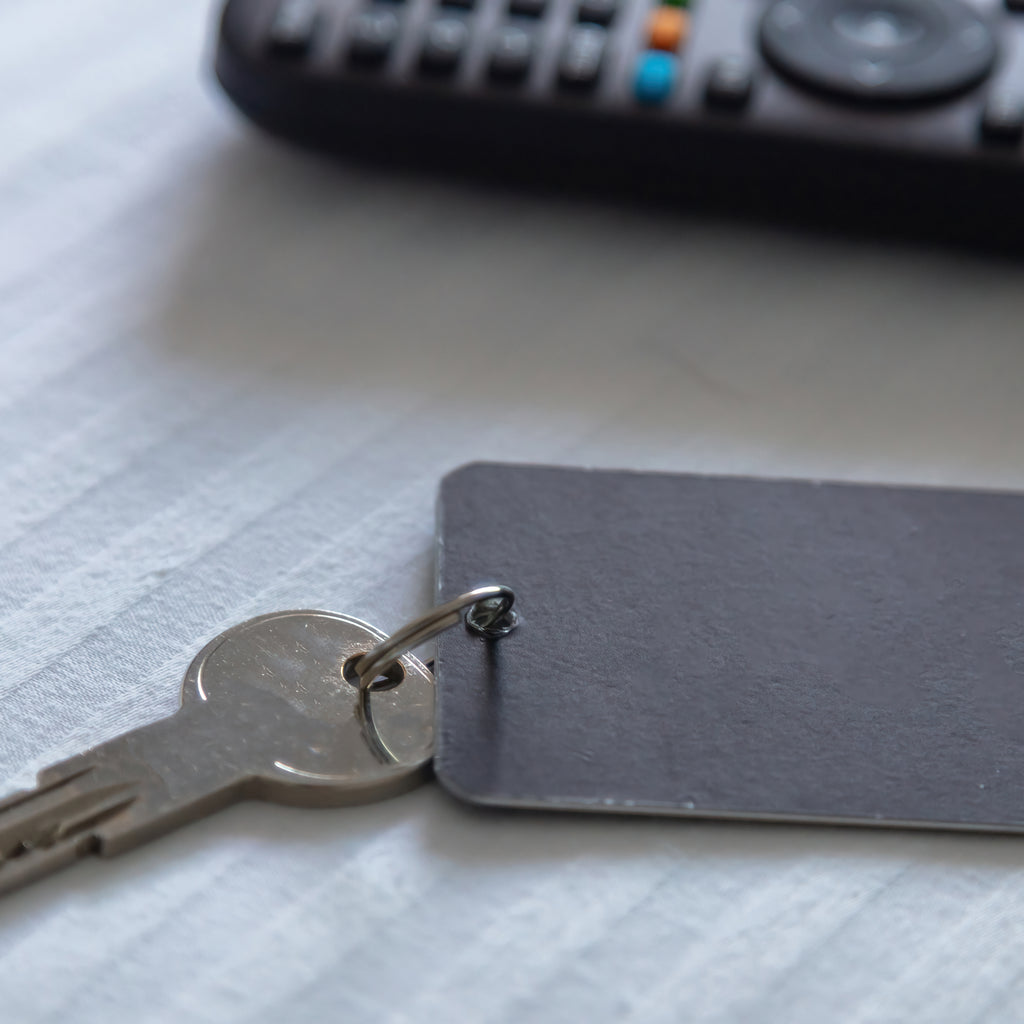No Products in the Cart

Hotel security systems have improved drastically over the years, transitioning from individual unit keys to easily handled 26 bit proximity cards. This article explores other ways in which hotel security is enhancing the overall safety of its facilities through access control systems.
One of the most vulnerable times for anyone, especially while traveling outside the safety of their home, is at night. Hotel access control systems have significantly evolved, now including outdoor card readers. Active employees or guests staying in the hotel must scan their 26 bit proximity cards before entering the building. This measure ensures that unauthorized individuals cannot access the hotel without passing through the front door which is monitored by hotel staff. This simple act helps prevent non-guests from entering the hotel at odd times, protecting the environment and safety of the guests.
Another significant benefit of implementing access control within hotel security is the ability to monitor employees. This can aid in preventing employee theft and ensuring accountability. Each employee is issued a 26 bit proximity card linked to their unique employee identification number. In the event of a guest reporting missing jewelry from their room, hotel management can easily review their database to identify who was last in the room based on interactions with the card reader. If an employee is identified as the last person in the room, it provides a starting point for the investigation. Additionally, you can track employees' whereabouts in the building by ensuring card readers are in the most common areas (pool, laundry room, kitchen, etc.).
Lastly, access control and 26 bit proximity cards contribute to safeguarding the hotel's main database, including member information, card numbers, room assignments, and card duplication access. With an access control system, only select staff members have access to this information as needed for their specific roles. For instance, maintenance personnel may not require access to card numbers but may need contact information in case of urgent maintenance issues. Similarly, not all hotel staff should have the ability to program the 26 bit proximity cards, as this could lead to unauthorized access if cards are distributed incorrectly.
In conclusion, hotel access control system with the use of 26-bit proximity cards, marks a significant advancement in ensuring the safety and security of hotel guests and staff. By extending security measures to outdoor areas, enabling employee tracking, and protecting sensitive data through controlled access, hotels are enhancing overall safety standards while also improving their business.